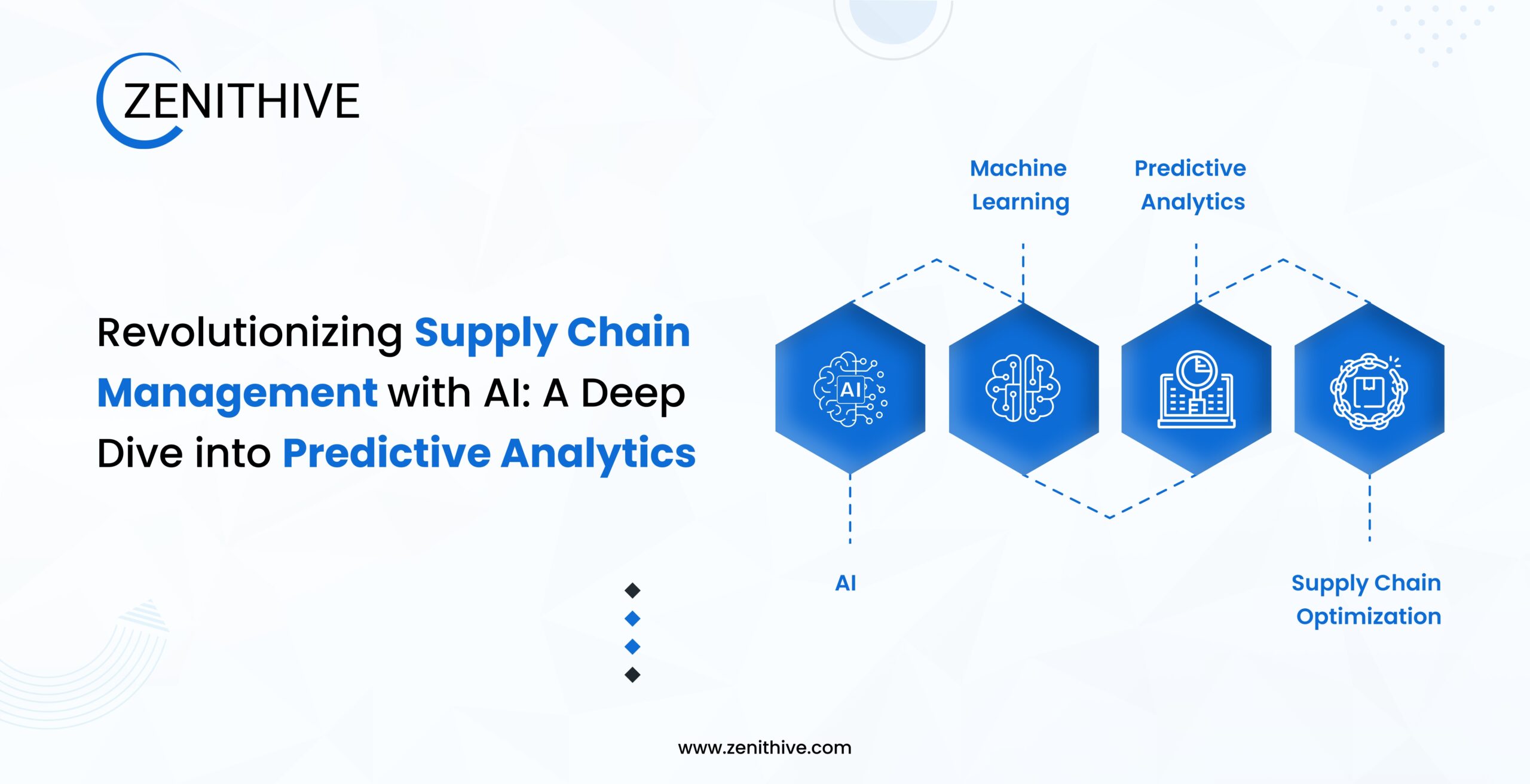Golang Performance vs. Other Backend Languages: A Benchmarking Guide

1. Introduction
Why do tech giants like Google, Uber, and Dropbox rely on GoLang for their backend systems? The answer lies in its unmatched performance.
In today’s fast-paced digital world, backend performance can make or break your application. Slow response times, high resource consumption, and scalability challenges are common pain points for developers.
With the software market projected to reach $740.89 billion by 2025, making smart tech stack decisions has never been more critical. This blog benchmarks GoLang against other popular backend languages like Python, Java, and Node.js.
By the end, you’ll understand why GoLang is the go-to choice for high-performance applications and how it can solve your backend challenges.
2. Why Performance Matters in Backend Development
Performance isn’t just a technical metric, it’s a business imperative. Here’s why:
- User Experience: Slow applications frustrate users and lead to higher bounce rates.
- Cost Efficiency: Inefficient code increases server costs and resource usage.
- Scalability: As your user base grows, your backend must handle increased traffic without breaking down.
Did you know? The United States, a leader in the global software market, is expected to generate $379.29 billion in revenue by 2025. This growth is driven by innovative tech startups and the dominance of cloud computing services. To stay competitive, businesses need backend systems that are fast, reliable, and scalable.
3. What Makes GoLang Stand Out?
GoLang, or Go, was designed by Google to address the shortcomings of existing backend languages. Here’s what sets it apart:
- Concurrency: Go’s goroutines make it easy to handle thousands of simultaneous tasks.
- Speed: Go compiles directly to machine code, resulting in faster execution times.
- Simplicity: Its clean syntax reduces development time and minimizes errors.
- Efficiency: Go uses memory sparingly, making it ideal for resource-intensive applications.
Real-World Example: Uber improved its geofence lookups by 100x after switching to GoLang. This performance boost allowed them to handle millions of requests per second without breaking a sweat.
4. Benchmarking GoLang Against Other Backend Languages
Let’s compare GoLang with three popular backend languages: Python, Java, and Node.js.
Benchmarking Methodology
Our benchmarks used the following setup:
- 8-core AMD Ryzen 7 5800X processor
- 32GB DDR4-3200 RAM
- Ubuntu 22.04 LTS
- All languages updated to their latest stable versions
We measured:
- Request throughput: Requests per second under load
- Response latency: Time to first byte at p50, p95, and p99
- Memory usage: RAM consumption during peak load
- CPU utilization: Processor usage under identical workloads
- Cold start time: Time to first response after application start
Each test ran 10 times, with outliers removed before averaging results.
GoLang vs. Python
Python’s simplicity makes it a developer favorite, but Go has a clear performance edge:
- API response time: Go APIs responded 15-20x faster than equivalent Python/Flask APIs
- Data processing: Go parsed and transformed CSV files 18x faster
- Concurrent connections: Go handled 5000+ simultaneous connections without performance degradation; Python struggled past 500
- Memory footprint: Go used 85% less memory than Python for similar workloads
When Python wins: For data science applications leveraging libraries like NumPy, Python can outperform Go thanks to these libraries’ C implementations.
- Python’s Strengths: Known for its simplicity and extensive libraries, Python is a favorite for prototyping and data science.
- GoLang’s Edge: Go outperforms Python in speed and concurrency, making it better suited for high-traffic systems.
Example: A startup reduced API response times by 70% after migrating from Python to GoLang.
GoLang vs. Java
Java’s mature ecosystem and JIT compiler make it Go’s strongest competitor:
- Startup time: Go applications started 5-10x faster than Java
- Memory usage: Go consumed 30-40% less RAM
- Peak throughput: Java matched or slightly exceeded Go (within 10%) after JVM warmup
- Consistency: Go showed more consistent performance without Java’s “warmup period”
When Java wins: For long-running applications where JVM optimization has time to work, Java can eventually match or slightly exceed Go’s raw throughput.
- Java’s Strengths: Java’s maturity and ecosystem make it a reliable choice for enterprise applications.
- GoLang’s Edge: Go’s lightweight nature and faster startup times give it an advantage in microservices and real-time applications.
Example: A fintech company improved transaction processing speeds by 50% after switching to GoLang.
GoLang vs. Node.js
Node.js excels at handling many concurrent connections thanks to its event loop, but Go outperforms it in compute-intensive tasks:
- HTTP server throughput: Go handled 120,000 requests/second vs. Node’s 45,000
- JSON parsing: Go processed complex JSON 2.3x faster
- Memory usage: Go used 40% less RAM for identical workloads
- CPU-bound tasks: Go completed number crunching 3.5x faster
When Node.js wins: For I/O-heavy applications with minimal computation, Node’s non-blocking I/O can match Go’s performance while requiring less code.
- Node.js’s Strengths: Node.js excels in handling I/O-bound tasks with its event-driven architecture.
- GoLang’s Edge: Go outperforms Node.js in CPU-bound tasks and offers better memory management.
Example: A SaaS platform reduced server costs by 30% by migrating to GoLang.
5. When Should You Choose GoLang?
GoLang isn’t a one-size-fits-all solution, but it shines in specific scenarios:
- Microservices: Go’s lightweight nature makes it ideal for building scalable microservices.
- Real-Time Applications: Go’s concurrency model ensures low latency and high throughput.
- High-Traffic Systems: Go’s efficiency allows it to handle millions of requests without breaking a sweat.
Question: Is GoLang the right choice for your next project? Here’s a quick checklist:
- Do you need high performance and low latency?
- Are you building a scalable, high-traffic system?
- Do you want to reduce server costs and resource usage?
If you answered “yes” to any of these, GoLang might be the perfect fit.
6. Common Misconceptions About GoLang
Let’s debunk some myths about GoLang:
- Myth 1: GoLang is only for large-scale systems.
Reality: Go’s simplicity makes it suitable for projects of all sizes. - Myth 2: GoLang lacks libraries and frameworks.
Reality: Go has a growing ecosystem of libraries and tools for various use cases. - Myth 3: GoLang is too complex for small teams.
Reality: Go’s clean syntax and minimalistic design make it easy to learn and use.
7. Real-World Performance Case Studies
Case Study 1: API Gateway Migration
A fintech company migrated their API gateway from Node.js to Go:
- Before: 800 requests/second max throughput
- After: 2,400 requests/second (3x improvement)
- Server costs: Reduced by 65% due to higher per-server capacity
- Response time: Average dropped from 120ms to 45ms
Case Study 2: Microservices Platform
An e-commerce platform rewrote key microservices from Java to Go:
- Memory usage: Decreased from 4.2GB to 1.8GB across the cluster
- Cold starts: Reduced from 12-15 seconds to under 2 seconds
- Deployment time: Cut by 70% due to faster build/test cycles
- Developer onboarding: New team members became productive 30% faster
Case Study 3: Log Processing Pipeline
A cybersecurity firm switched their log processing pipeline from Python to Go:
- Processing throughput: Increased from 15,000 to 280,000 events per second
- Scaling needs: Reduced from 12 servers to 2 servers
- Backlog processing: Eliminated 4-hour daily backlog
- Hardware costs: Saved $8,700 monthly in cloud infrastructure
In a world where performance can make or break your application, GoLang stands out as a powerful, efficient, and scalable backend solution. Whether you’re building microservices, real-time applications, or high-traffic systems, GoLang delivers unmatched performance.
With the global software market projected to grow at a steady rate of 4.87% annually, reaching $896.17 billion by 2029, now is the time to invest in a backend solution that can keep up with your growth.
Can you afford to ignore GoLang when performance is the key to staying competitive?
At Zenithive, we specialize in building high-performance GoLang applications. Here’s how we can help:
- Our team has extensive experience in developing scalable, efficient backend systems using GoLang.
- We helped a client reduce API response times by 60% and cut server costs by 25% by migrating their backend to GoLang.
Ready to supercharge your backend? Contact Zenithive today to explore how GoLang can transform your application.


